Last Updated on July 28, 2021

The
Arrow interviews Julian RIchards
Writer
and Director Julian Richards
has dabbled in the genre before via DARKLANDS
and SILENT CRY but to be honest I did not know of his work
until word came out on his more recent and critically acclaimed
effort
THE LAST HORROR MOVIE (to be released on DVD December 7 2004).
I had the chance to exchange knife stabs with Mr. Richards and
here’s what he carved into my forehead.
What’s your favorite horror movie?
When asked this question I always try to pick obscure
titles to bring them to the attention of the public, so here we go;
THE TELEPHONE BOX which is a Spanish short with a twist in the tale
about a guy who gets stuck inside a telephone box. I also liked an
Australian film called LONG WEEKEND which is also a twist in the
tale about a bickering couple on a remote camping holiday haunted by
the ghost of a beached whale.
My third choice would be a British
70’s film called PSYCHOMANIA about a motorcycle gang who use
witchcraft to return from the dead after committing suicide in a
series of spectacular crashes. But obscure titles aside, my all time
favourite horror movie has to be Tobe Hooper’s THE TEXAS CHAINSAW
MASSACRE which is still the most deranged, inventive and
relentlessly brutal cinematic experience that I have ever had.
What was the ember that lit up the idea for ‘The Last
Horror Movie’ in your head?
I read Stephen King’s horror bible DANCE MACABRE and
was struck by two notions; the first was the power of realism in
horror as demonstrated by Orson Welles radio broadcast of WAR OF THE
WORLDS and THE TEXAS CHAINSAW MASSACRE which was presented as a
reconstruction of a true life event.
The second was the idea of using horror fiction to help people
explore their anxieties about difficult issues, like violence,
death and mass murder. The latter is a sort of left-ish notion about
’embracing the mutant’ and this idea sits at the core of THE LAST
HORROR MOVIE in the sense that it’s a video diary made by a serial
killer in an attempt to justify his crimes to the world.
It had been my ambition to produce a low budget horror film for
sometime, but I could never raise the budget required to shoot on 16
or 35mm. The advent of digital video changed all this and films like
THE BLAIR WITCH PROJECT gave me the confidence to use this new
technology to finally achieve my ambition. I was working for the BBC
at the time, producing SHOWBOYS: THE NAKED TRUTH (a video diary
about my cousin who is a male stripper) and I was struck by the
access and intimacy that this format of documentary film making
achieved and thought…
a) – this is an affordable way to make a feature film.
b) – what if a serial killer made the same kind of video diary.
The idea of the twist at the beginning where the killer records his
video diary over an existing horror rental takes a swipe at the
Scream-esque horror-lite teen slashers of the 1990’s, whilst the
twist at the end pushes the envelope on realism in the genre further
than any film has done before.
I haven’t seen the picture yet (soon) but many have told
me that it was a mix of American Psycho and Blair Witch Project.
Were those films an inspiration to you in regards to ‘The Last
Horror movie’?
I have not seen or read AMERICAN PSYCHO but I suppose
the comparisons have been drawn because we chose to portray our
serial killer as an everyday middle class guy, as opposed to a
working class social misfit like HENRY or a super-human like
HANNIBAL. The fact that our actor (KEVIN HOWARTH) looks a little
like Christian Bale also draws people to make this comparison, but
the fact is that we took our inspiration for our serial killer (MAX
PARRY) more from Bruno in Alfred Hitchcock’s, STRANGERS ON A
TRAIN.In order to achieve a convincing video diary style I used
SHOWBOYS: THE NAKED TRUTH as a template, but I also studied films
like BLAIR WITCH, MAN BITES DOG, HENRY PORTRAIT OF A SERIAL KILLER
and SERIES 7 THE CONTENDERS.
How many actors did you go through before settling on
Kevin Howarth?
I auditioned about thirty actors for the part of the
serial killer. All ages, sizes and looks. I had a good idea what I
was looking for but I always like to bracket things just in case
there is a better idea around the corner, or a possibility that I
have not yet considered. When Kevin Howarth walked into the room he
auditioned well, but I didn’t realise how good he was until I
replayed the audition tape at the end of the week. I believe that a
film is only as good as its worst performance and in the case of THE
LAST HORROR MOVIE it would have been pointless making it without
finding an actor that could deliver a bullet proof performance.
What was it about Kevin Howarth that made him the ideal
choice to play Max?
The decision to cast Kevin Howarth came about as a
result of a difference of opinion between myself and the writer
(James Handel) about what sort of person the killer should be. James
wanted to go completely against the grain and cast a foppish, public
school boy type, whilst I wanted to play him more blue collar and
physically intimidating.
When I auditioned the actor that I
had in mind I soon realised that James’s dialogue did not fit that
type of character at all, but when I auditioned James’s suggestions
I realised that the degree of arrogance and smugness inherent in the
dialogue combined with an actor from a privileged background would
alienate the majority of our audience.
When I auditioned Kevin Howarth, he not only presented a neutral,
classless alternative, but also a smooth, good looking, mischievous
charisma that would would help strike the sort of uncomfortable
love/hate relationship with the audience that I was looking to
achieve.
How would you describe the shoot? Was it smooth sailing or
a tough process?
This project was tailor made for a low budget and tight schedule;
the crew was documentary size, we shot hand held using available
light and every scene was choreographed to work in one shot without
any cuts. We did have multiple locations involving a lot of travel
and the choreography involved with making a three minute scene work
in one long developing shot also burned up a lot of our limited
schedule (each scene was shot shot around 25 times before I was
happy with my choice of alternative takes), but the biggest problems
were caused by the prosthetic make-up effects, which also had to
work real time whilst remaining hidden from the camera. On the whole
THE LAST HORROR MOVIE was the smoothest, most enjoyable shoot that I
have worked on since my school days making horror movies on Super 8.
Was there a lot of improvisation on set from you as a
Director and from your actors when it came to their roles? Or did
everybody stick to the screenplay.
We stuck to the screenplay and the improvised feel
that we achieved is testament to a solid script and cast. As a
director I believe that 70% of my job is in developing the
screenplay and choosing the right cast. I think its very dangerous
to go into production without a solid foundation upon which to build
a movie and whilst improvisation can help loosen things up and make
performances feel more natural, it shouldn’t be relied on to resolve
problems that were already in the script before the start of
principal photography.
How graphically violent would you say the film is?
I’d say that it’s as graphically violent as THE TEXAS
CHAINSAW MASSACRE. We don’t cut in for the ‘gross out’ close up when
a victim gets killed, instead we stay back and casually observe. But
everything that you see happen, happens real time and it’s the power
of actuality that is the most disturbing ingredient in the film.
How did your joyride at the Rating Boards go? Was it a
tough fight?
The offending issues were a combination of sadism and
voyeurism, but what do you expect from a video diary made by a
serial killer? The MPAA wanted to reduce the amount of time that we
dwelt on the victims after they had been attacked, but with long
developing shots and the ‘real time’ experience that we were going
for, we just couldn’t make any cuts. In think this harmed our
theatrical release in the US but I know that the DVD and Video are
coming out in two versions; the MPAA ‘R’ rated version and the
‘UNRATED’ directors cut.
I know that Fangoria is distributing the film in the
States; do you have all of your territories locked worldwide?
So far we have North America, Mexico, Central
America, the UK, Scandinavia and possibly Germany. We are holding
off selling any more territories until the UK theatrical release in
early 2005 when the true market value of the film will be measured.
‘The Last Horror Movie Part 2’. Is the idea feasible?
Would you do it?
THLM 2 has been discussed and it could go either of
two ways. We could keep to the video diary format and bring Max to
the USA or we could do a more conventional slasher movie, a sort of
CANDYMAN meets THE RING about a bunch of kids who rent THE LAST
HORROR MOVIE and discover that Max Parry really does exist.
What’s next on your plate directing wise?
Right now I have my fingers in many different pies. I’ve been
developing a political conspiracy thriller called THE BROTHERHOOD
for Crystal Sky. I’ve been talking to Lou Arkoff about shooting a
film in Serbia and I’m attached to SNOWMAN, a supernatural horror
written by the Drews. But my main focus right now is on LONG DARK
HOURS, a psycho killer thriller with Kevin Howarth which I hope to
shoot in Wales or Canada in the fall of 2005.
What kind of movies does Julian Richards watch when he’s
not in the mood for a genre film?
Observational comedy like Doug Liman’s SWINGERS and
ROGER THE DODGER (I’ve written one myself called LOVE BITES which
I’m looking to shoot next year). I’m also a fan of SPIKE LEE, OLIVER
STONE and CAMERON CROWE
I’d
like to thank
Julian for the
insightful interview and for the fine film that was THE LAST HORROR
MOVIE. I finally got to see the picture and totally loved it! I
recommend you hit up Max for a little one on one, you won’t regret
it.
READ ARROW’S REVIEW OF THE LAST HORROR MOVIE
HERE
VISIT JULIAN RICHARDS’ OFFICIAL SITE HERE



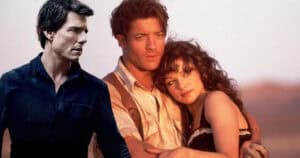
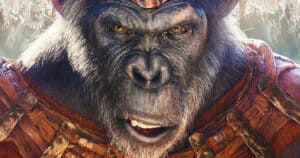

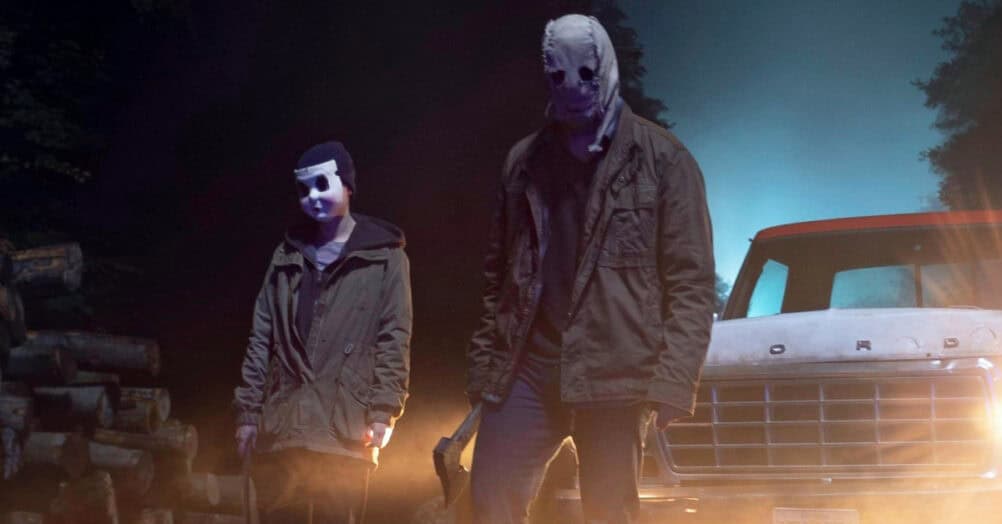
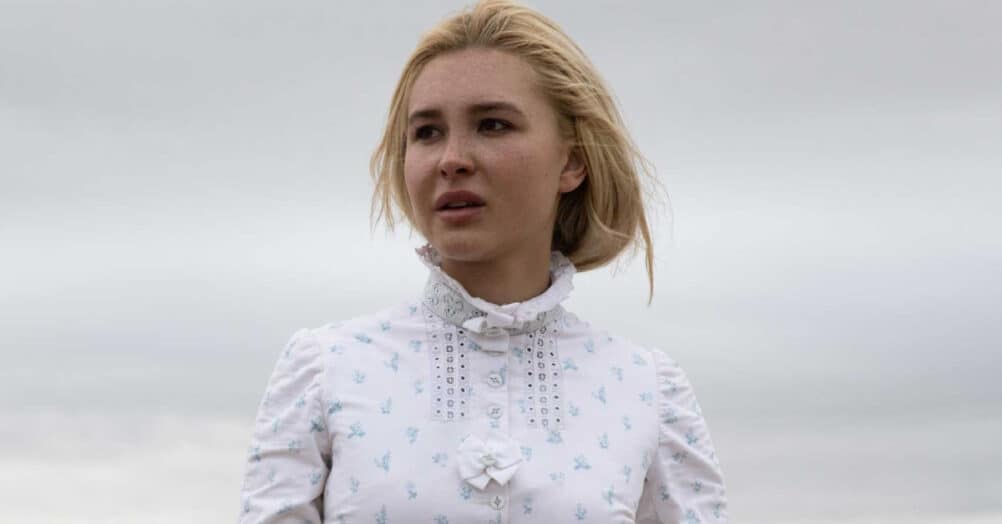
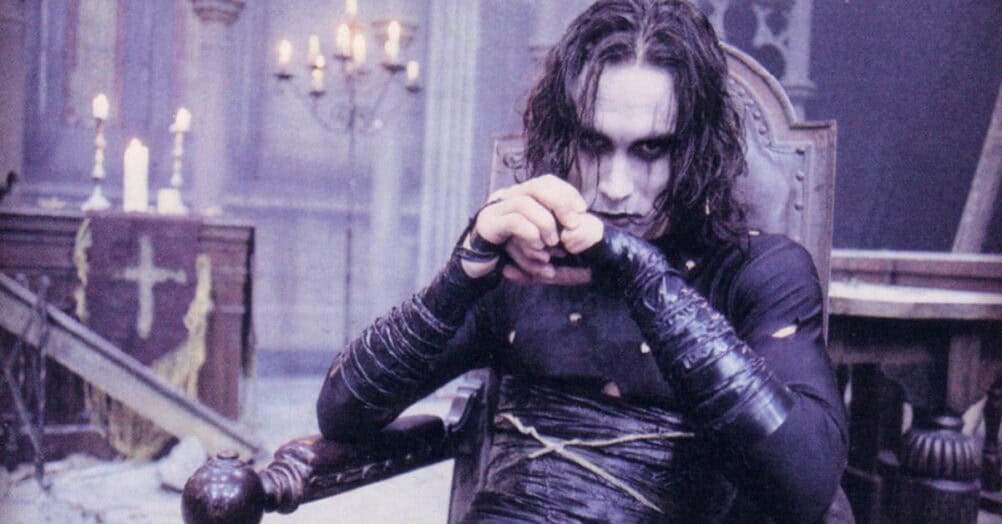
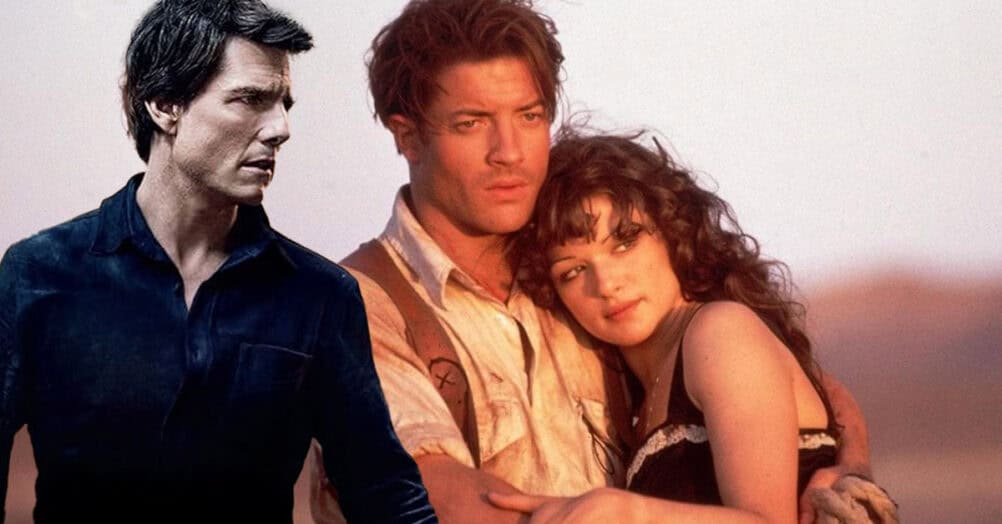
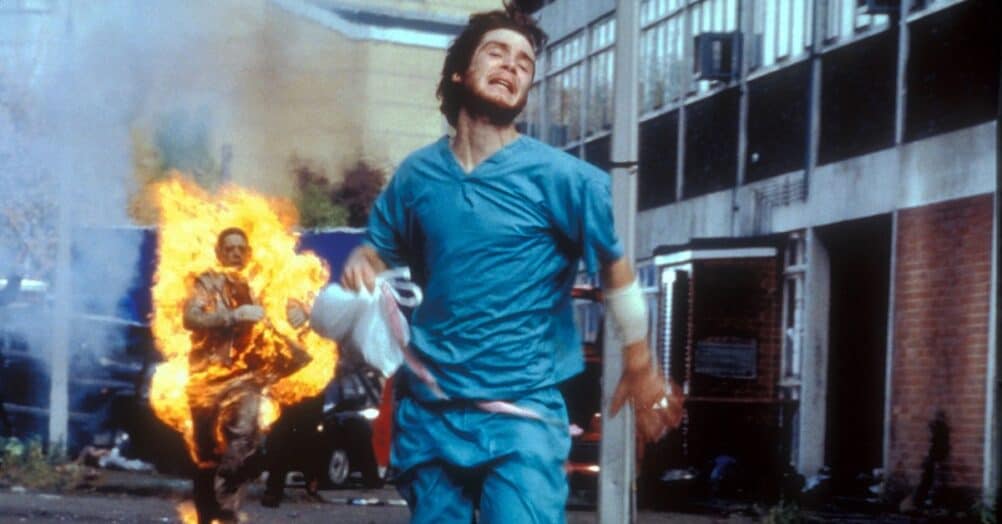

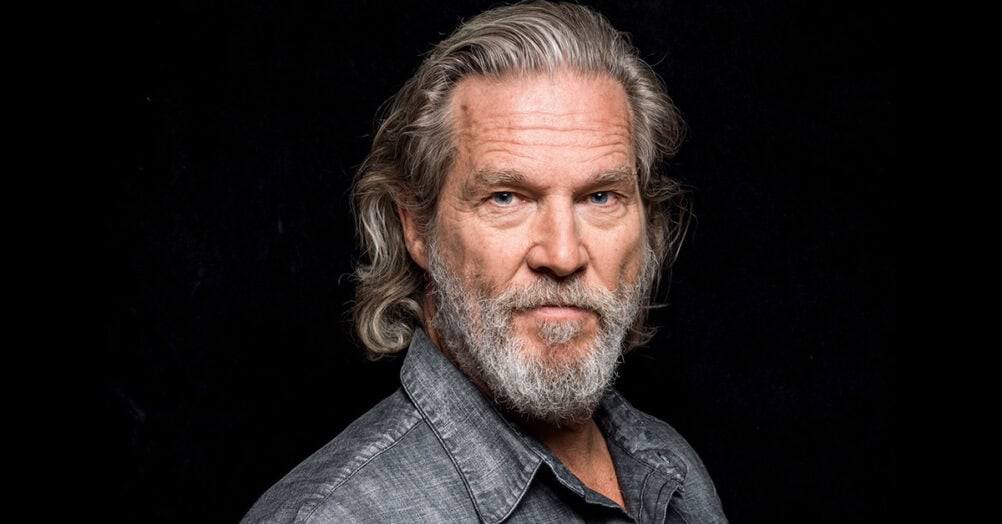

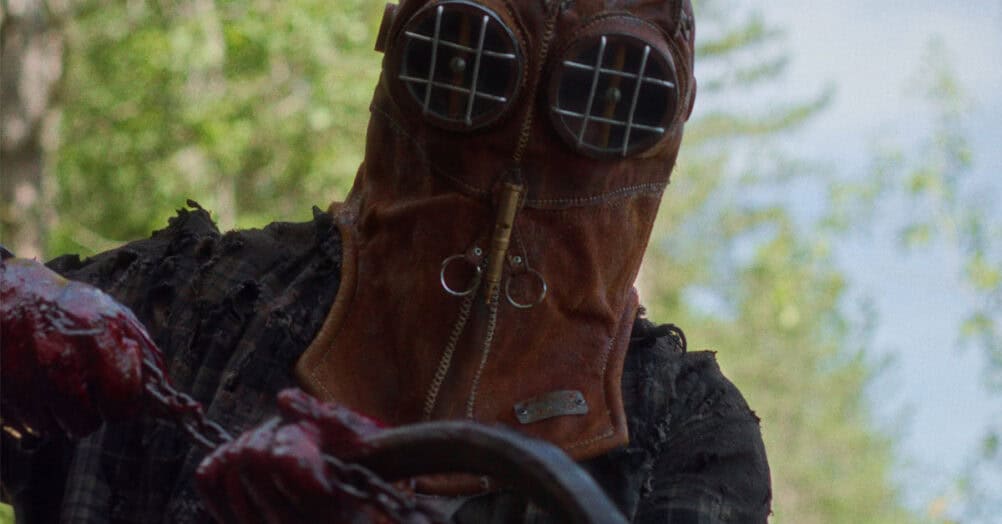
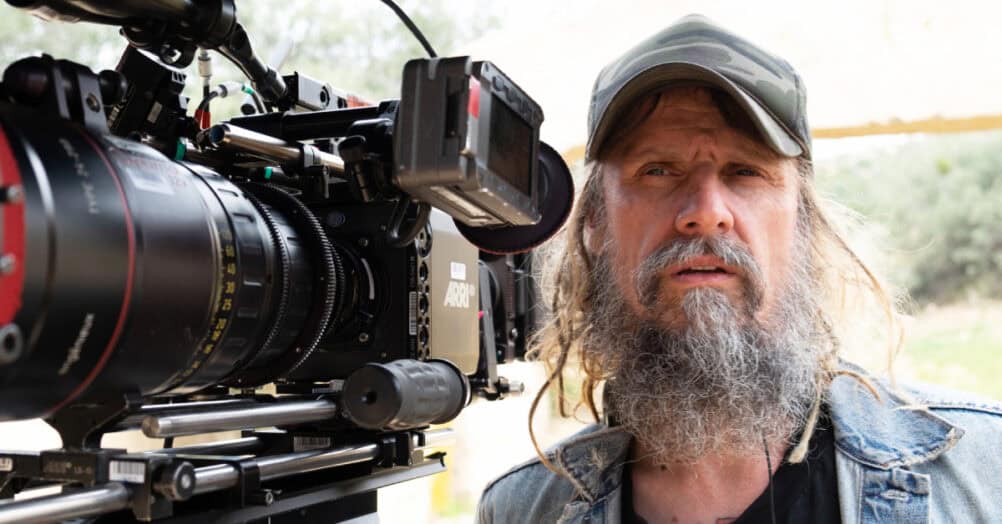
Follow the JOBLO MOVIE NETWORK
Follow us on YOUTUBE
Follow ARROW IN THE HEAD
Follow AITH on YOUTUBE